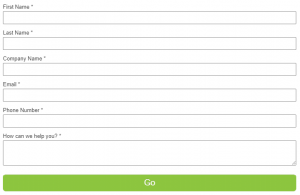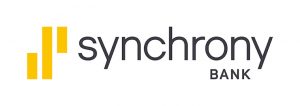Digital credit for consumers is an underpenetrated and underestimated opportunity for banks and retailers alike. In most European countries, for example, unsecured card lending is less than 18 percent of total unsecured consumer lending.¹ Several factors are influencing this: Cultural aversion to credit, lack of supply to ineffective marketing, difficulty in applying for credit and more.
Yet, new digital payments technology is showing promise in addressing consumer credit-aversion challenges, transforming distribution and allowing for completely seamless credit offers and uptake within the general flows of commerce. Payments innovations—from mobile, seamless interfaces to APIs to modern credit scoring—are enabling spontaneous, real-time offers, like point-of-sale (POS) credit and partner-driven distribution models, that make lending easier for both credit users and issuers.
For example, merchant service providers in the retail sector often work with digital invoicing suppliers to enable a pay-later or pay-by-installment option within the e-commerce checkout. Some providers in the e/m-commerce environment are using invoice payments to decouple the checkout and payment process, resulting in higher checkout conversion rates and a more frictionless consumer return process, while effectively providing a credit option. Additionally, giving customers a choice for “invoice” instead of “credit” can help banks and lenders overcome cultural aversion to credit. Similarly in overcoming cultural aversion, a major German bank is allowing its customers to select transactions on their credit cards to be converted into installments or select a limited interest-free payback period through the bank’s online or mobile interface. A large bank in Spain now offers its consumers the ability to select debit card transactions and to convert these transactions into installments via their mobile banking app. The feature is presented using effective visual tools to allow customers to easily slide across different options before selecting the final installment program. This widely used feature is both customer and bank friendly as it enhances distribution of the credit feature. A next-generation POS tablet lets merchants connect to multiple lenders through one gateway, enabling multiple distribution channels (including cross-border) and scaling supply while tackling difficulties in applying for credit.
Lenders and payments providers that are taking advantage of payments innovation to provide immediate access to credit at point of need are outpacing their peers in terms of economic performance. German e-commerce open invoice provider RatePAY, for example, reached profitability in 2017, only eight years after it launched.

Delivering such payments-driven propositions to drive top-line growth and efficient operations for credit issuers requires banks and other payments players to, well, innovate. It means embracing intelligent and robotic technology capabilities with the power to adapt core systems to high-speed and continuous payment flows, improve proposition design, build security into retail payments transactions, enable novel business models and effect a hyper-relevant customer experience. It means taking advantage of looming instant, invisible and free payments for the benefit of growing digital credit—whether through niche offers (pay later) or broader aims (incremental payment services revenue for merchants).
I invite you to read our latest report, Payments Pulse Survey: Two ways to win in payments, to discover how banks and payments providers can reinvent their systems and operations to win in the digital ecosystem.




